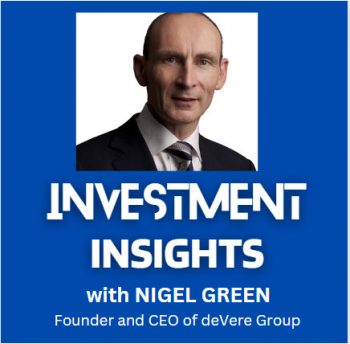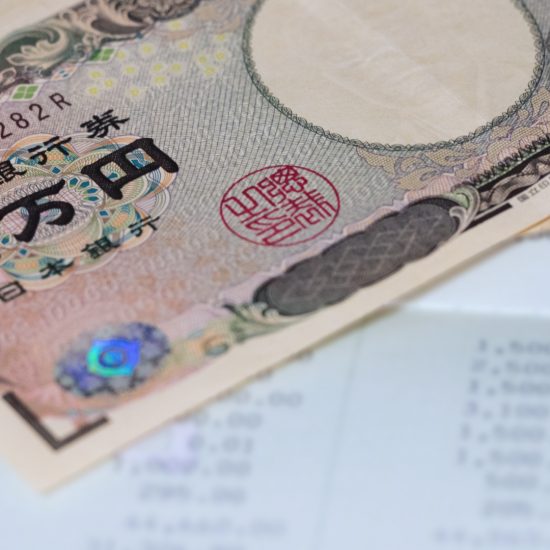 Higher interest rates have been experienced around the world for two to three years as global inflation hit a multi-decade high.
Higher interest rates have been experienced around the world for two to three years as global inflation hit a multi-decade high.
While some central banks, such as the European Central Bank (ECB), are reportedly planning to start cutting imminently, others, such as the US Federal Reserve are said to be likely to have a maximum of one – if any at all – this year.
Loretta Mester was the latest Federal Reserve official to reiterate that interest rates can be held steady and there is no need to rush cuts.
But as inflation remains stickier than many experts had predicted, with the last mile back to the 2% targets more challenging, some experts are suggesting that higher rates could be, paradoxically, contributing in driving inflation higher.
How could this be? There are four main reasons.
Cost of borrowing
When interest rates rise, the cost of borrowing increases for businesses and consumers. This can lead to reduced borrowing and investment, slowing down economic activity in the short term.
However, if demand remains relatively high while borrowing becomes more expensive, businesses may attempt to offset increased costs by raising prices on goods and services. This cost-push inflation can occur as firms pass on higher borrowing costs to consumers through higher prices.
Currency depreciation
Higher interest rates can attract foreign investors seeking higher returns on investments denominated in that currency.
As a result, demand for the domestic currency increases, leading to appreciation. However, if the central bank aims to keep its currency from appreciating too much, it may intervene by selling its own currency and buying foreign currencies.
This intervention increases the money supply, potentially leading to inflationary pressures.
Debt service costs
Higher interest rates also increase the cost of servicing existing debt. This affects both consumers with variable-rate loans, such as mortgages and credit cards, and businesses with variable-rate corporate debt.
As debt service costs rise, consumers and businesses may have less disposable income available for spending, which can dampen economic activity. However, if firms try to maintain profit margins by passing on higher debt service costs to consumers through price increases, it can contribute to inflationary pressures.
Inflation expectations
Expectations play a crucial role in shaping actual inflation. If businesses and consumers anticipate that higher interest rates will lead to future inflation, they may adjust their behaviour accordingly.
For instance, workers may demand higher wages to compensate for the anticipated erosion of purchasing power, while businesses may pre-emptively raise prices to cover expected higher costs. These actions can create a self-fulfilling prophecy, driving actual inflation higher.
While central banks may resort to higher interest rates as a tool to combat inflation, they must carefully consider the potential side effects.
Prolonged periods of elevated rates can inadvertently sustain sticky inflation by amplifying cost-push dynamics and wage-price spirals while also impeding economic growth.
Therefore, central banks must adopt a nuanced approach that considers both short-term inflationary concerns and long-term economic stability.
Their decisions impact your investment outcomes, meaning it is essential to monitor their actions and their words. Working with an advisor will best-position investments to mitigate risk and seize opportunities that will be presented from the decisions made by officials.
Nigel Green is deVere CEO and Founder
Also published on Medium.






